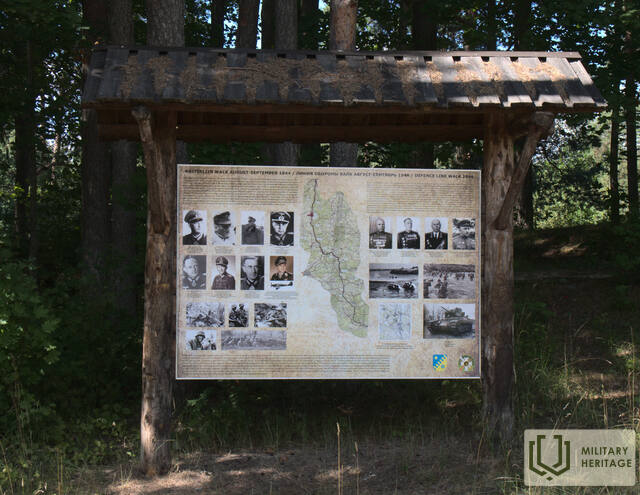Greitas tilto mūšio laukas Mūšio vieta


 206
206


Tai yra gynybos linijos „Pėsčiųjų takas“ dalis. Valgos gynybos linija (Pėsčiųjų takas) buvo nutiesta palei Maže Emajõe-Koiva upės liniją 1944 m. birželio pradžioje. Šiaurinė linijos dalis baigėsi prie Vertsjervo ežero ir driekėsi nuo Pikasilos beveik iki pat Ligaste dvaro, esančio kairiajame Maže Emajõgi upės krante. Gynybos liniją sudarė dvi gynybos juostos, kartais siekiančios 10–12 kilometrų gylį. Fronto linija buvo aptverta spygliuota viela ir minų laukais. Visi tiltai ant Maže Emajõgi ir Koivos upių buvo sunaikinti (nors Pikasilos ir Jõgeveste tiltai buvo sunaikinti tik rugpjūčio 26 d. vidurdienį), o visi tiltai už gynybos linijos buvo paruošti sunaikinimui.
Raudonoji armija planavo likviduoti Narvos fronte dislokuotas vokiečių ir estų pajėgas, atakuojant per Tartu iš jų užnugario. Įgyvendindama šį planą, Raudonosios armijos 3-iojo Baltijos fronto vadovybė pasiuntė keturis dalinius į Emajegio liniją. Jų užduotis buvo kirsti Emajegio upę ir, judant ratu per šiaurinį Vertsjervo ežero krantą, su Vokietijos 18-ąja armija, dislokuota Narvos fronte, užimti Šiaurės Estiją. Jie taip pat planavo palaužti vokiečių pasipriešinimą Pikasilos-Valgos linijoje ir atkirsti vokiečių atsitraukimo kelią Rygos link.
Pietų Estijoje gynybą sudarė šešios Vermachto XXVIII ir XXXVIII armijų korpusų divizijos ir mažesni daliniai, o užnugarį gynė 207-oji pastiprinimo divizija. Operacijos pradžioje Raudonoji armija turėjo kiekybinį pranašumą gyvosios jėgos ir kovinės įrangos atžvilgiu. Vokiečių pajėgas daugiausia sudarė įvairios kovinės grupės ir mažesni daliniai. Gynyboje dalyvavę „Omakaitse“ daliniai buvo prastai aprūpinti ir turėjo žemą kovinę moralę.
Rugpjūčio 27 d. Raudonajai armijai pavyko kirsti Mažąją Emajegio upę ties Pikasila ir ten išlaikyti nedidelį tiltą. Iki rugsėjo 13 d. vokiečių ir estų „Omakaitse“ divizijai pavyko sustabdyti artėjančius Raudonosios armijos dalinius gynybos linijoje „Walk“. Rugsėjo 14 d. 3-iojo Raudonosios armijos Baltijos fronto divizijos pradėjo puolimą ir rugsėjo 17 d. pralaužė gynybos liniją.
Panaudoti šaltiniai ir literatūra:
https://teejuht.esap.ee/eesti-ringreis/louna-eesti-1944/
https://dea.digar.ee/cgi-bin/dea?a=d&d=valgamaalane20160830.2.8.2
http://pikasilla.blogspot.com/p/lahingud-vaikese-emajoe-aares-1944_15.html





